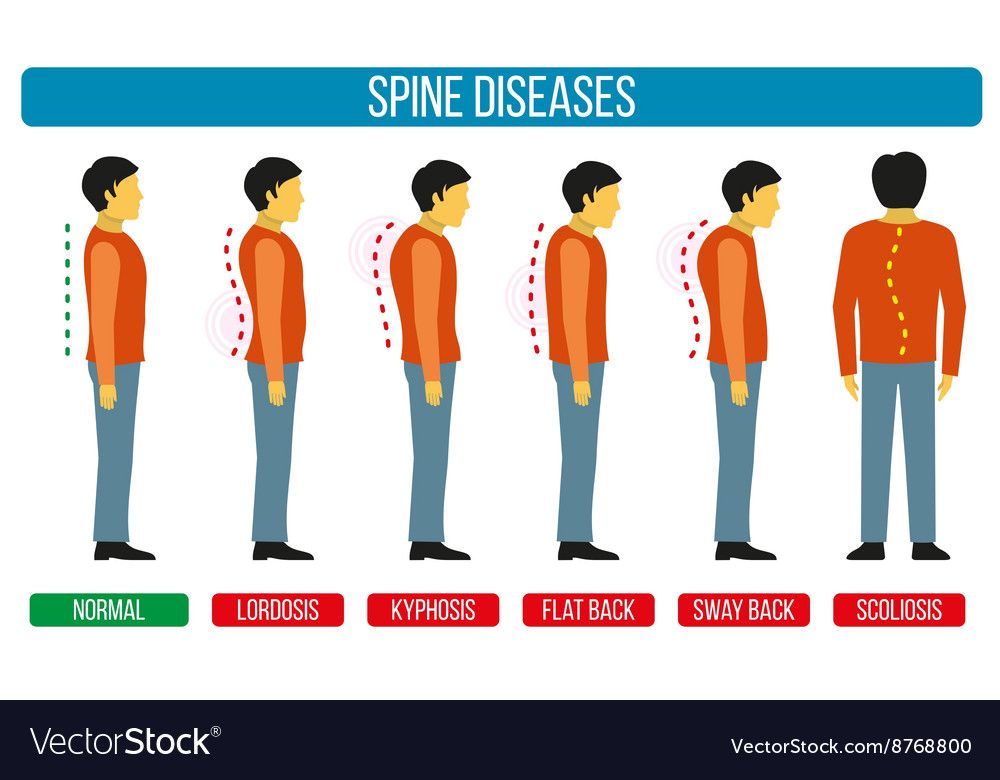What Mechanisms Enable Cold Laser Therapy To Utilize Light For Cutting Edge Healing, And What Future Developments Can We Prepare For Suffering Administration?
What Mechanisms Enable Cold Laser Therapy To Utilize Light For Cutting Edge Healing, And What Future Developments Can We Prepare For Suffering Administration?
Blog Article
Material Writer-Tate Hurley
When taking into consideration alternative therapies, cold laser treatment stands out because of its distinct technique to healing. By utilizing particular wavelengths of light, it targets mobile functions and promotes recuperation in a non-invasive fashion. This technique not only improves ATP production yet also aids in reducing inflammation and discomfort. As research remains to unfold, the implications for recovery and discomfort management could be substantial. What does https://www.dailymail.co.uk/health/article-11461227/A-Z-guide-confusing-medical-terms-epidemiologist-does-cryotherapy-works.html for future treatment alternatives?
The Mechanisms of Cold Laser Therapy
Cold laser therapy, likewise known as low-level laser therapy (LLLT), works by promoting mobile function via the application of certain wavelengths of light.
When the laser light permeates your skin, it interacts with the mitochondria in your cells, raising ATP manufacturing. This increase in ATP invigorates your cells, advertising recovery and regrowth.
The light additionally affects cell membrane layers, improving their leaks in the structure and helping with vitamins and mineral absorption while getting rid of toxic substances. Furthermore, cold laser treatment sets off the release of endorphins and lowers inflammation, helping your body respond better to injury.
You'll experience enhanced blood flow as the treatment boosts capillary growth, ensuring that oxygen and nutrients reach damaged cells much more successfully.
Recognizing these mechanisms can aid you value its potential in advertising recovery.
Possible Advantages of Cold Laser Therapy
When thinking about choices for pain relief and recovery, you may find cold laser treatment to be an attractive choice. This non-invasive method can help reduce swelling, relieve discomfort, and promote cells fixing.
Many people report quicker healing times from injuries and surgical treatments after undergoing cold laser treatment. It's particularly valuable for problems like joint inflammation, tendonitis, and muscle mass stress.
You may additionally value that it has marginal adverse effects compared to drugs. Furthermore, cold laser therapy can enhance flow, which aids in delivering nutrients and oxygen to damaged locations.
Current Research and Scientific Applications
As rate of interest in cold laser treatment grows, researchers are discovering its various applications and performance in professional settings. You'll find studies exploring its role hurting monitoring, injury recovery, and decreasing swelling.
In physical therapy, experts use cold laser treatment to enhance recovery in sports injuries, while dentists are discovering it helpful for treating dental pain and gum tissue conditions. Continuous tests are assessing its potential in dealing with problems like arthritis and neuropathy.
These researches aim to develop standard protocols and dosages, making sure safety and security and effectiveness. As laser safes arises, you could see cold laser therapy becoming a staple in both recovery and discomfort monitoring, offering individuals a non-invasive choice that complements conventional treatments.
Final thought
Finally, cold laser treatment uses an appealing strategy to recovery by using particular wavelengths of light to increase mobile functions and promote recovery. With benefits like improved blood circulation, lowered inflammation, and pain relief, it's becoming a valuable alternative for numerous problems. As research remains to establish standard procedures, you can eagerly anticipate better approval of this non-invasive therapy in rehabilitation methods and discomfort monitoring techniques, making it a potential game-changer for many patients.
